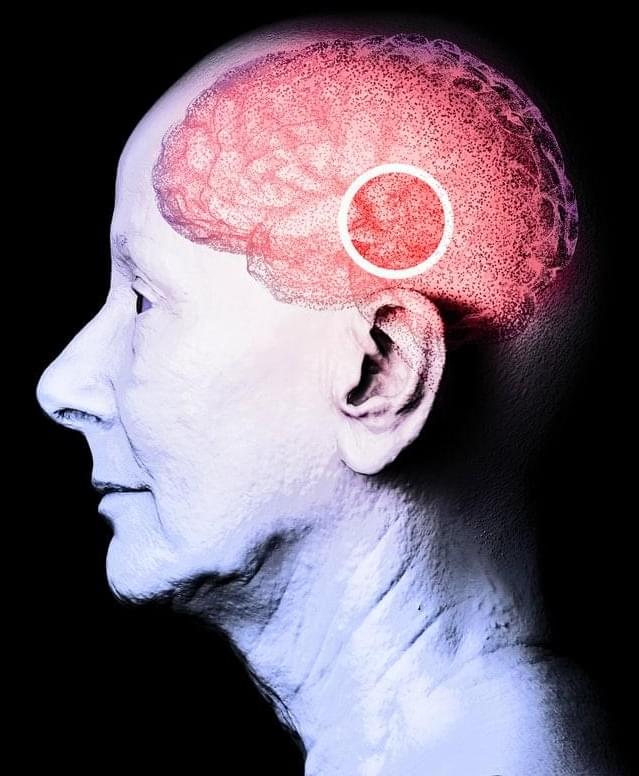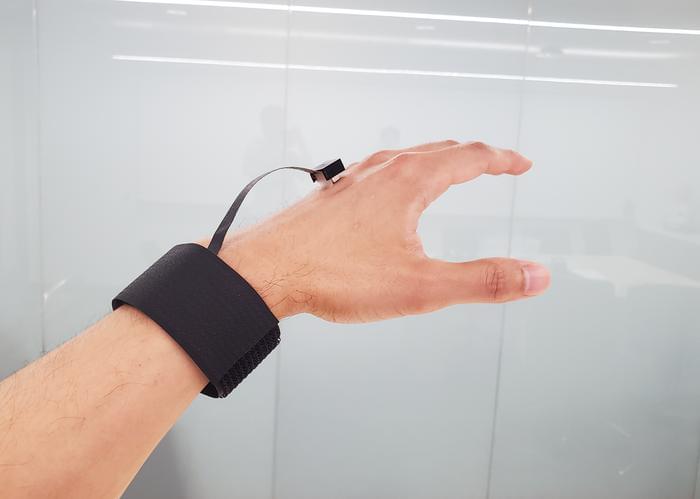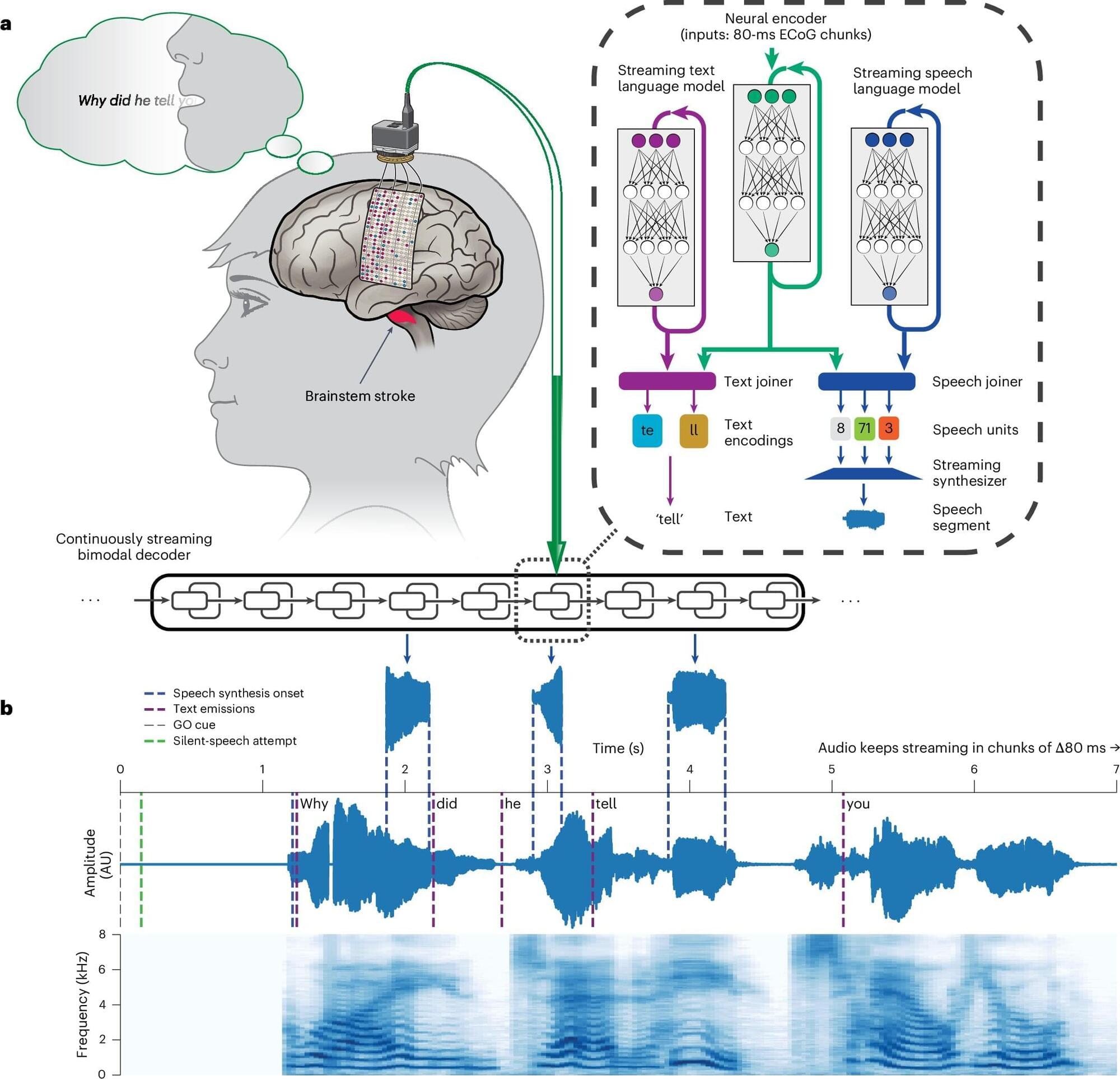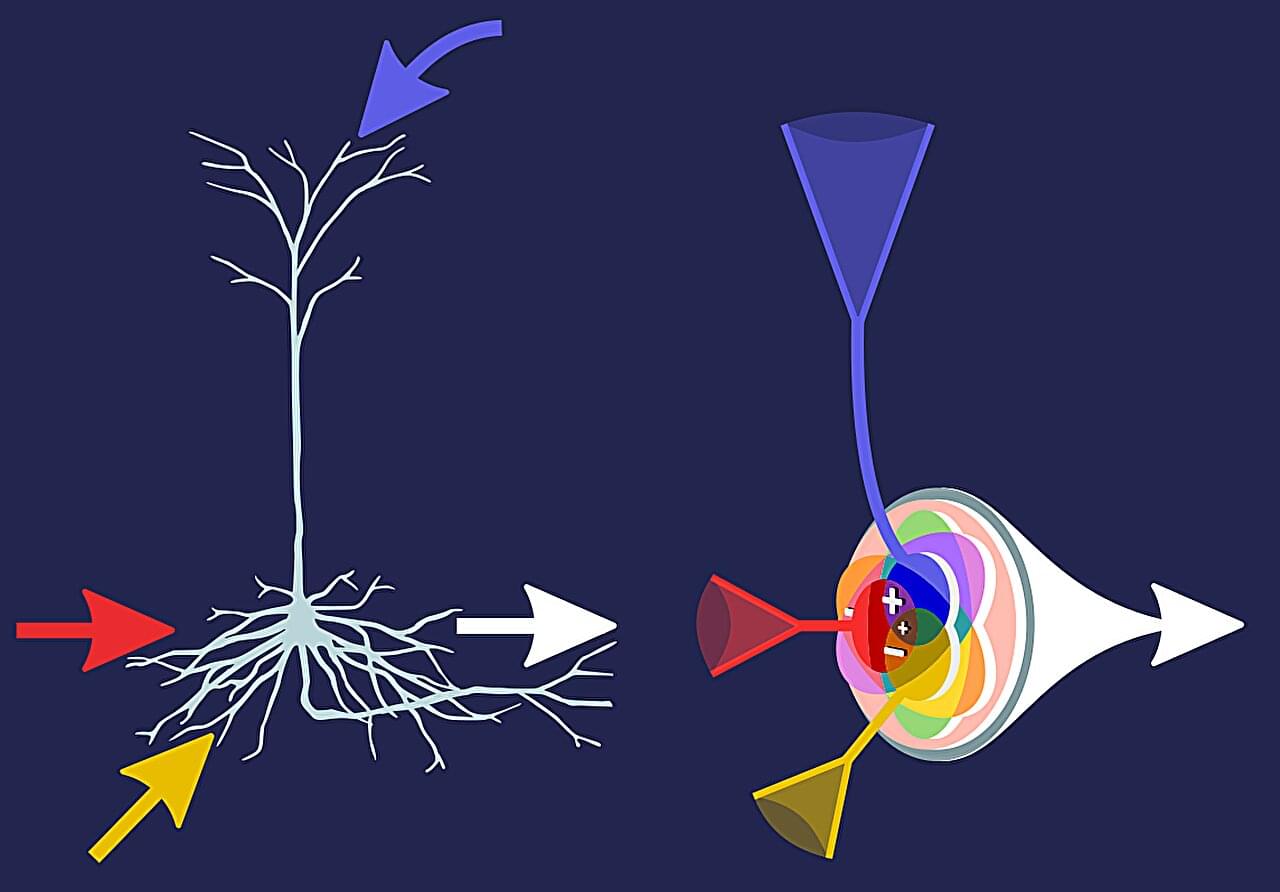A bioengineer highlights the potential of low-intensity ultrasound for multiple uses, from enhanced drug delivery to the brain to combating cancer





The system, which also synthesizes her voice, takes no more than a second to translate thoughts to speech.
SpaceX is set to launch Fram2 on Monday, March 31, at 9:46 p.m. ET from Launch Complex 39A at NASA’s Kennedy Space Center. If needed, additional opportunities extend through the early hours of April 1. This mission is unlike any before—it will take humanity to a polar orbit (90° inclination) for the first time! 🌍✨
🛰️ What Makes Fram2 Special?
🔥 First-ever human spaceflight to a true polar orbit.
👨🚀 All four astronauts—Wang, Mikkelsen, Rogge, and Philips—are first-time space travelers.
🩻 First medical X-ray taken in space.
🍄 Microgravity experiments, including mushroom cultivation.
💪 Independent crew exit post-splashdown—pushing the limits of astronaut endurance.
🚀 Falcon 9 and Dragon’s Role.
This mission will push the boundaries of Falcon 9 and Dragon’s ascent profile, showcasing the precision and power of SpaceX’s GNC (Guidance, Navigation, and Control) systems. After liftoff, the first stage booster will return to the droneship A Shortfall of Gravitas in the Atlantic Ocean. The Dragon capsule has a rich history, having previously flown on Crew-1, Inspiration4, and Polaris Dawn.
Fram2 is more than just a mission—it’s a bold step toward the future of space exploration. With 22 research experiments, including studies on human health in space, exercise physiology, and radiation exposure, this flight will pave the way for long-duration missions beyond Earth orbit.
Don’t miss this groundbreaking launch! Subscribe to Space Googlevesaire for real-time updates, expert breakdowns, and all things spaceflight! 🌌🚀🔔

Researchers at the University of Virginia have created the first comprehensive protein-level atlas of brain development, providing unprecedented insight into how the brain forms and potential implications for understanding neurological disorders. The study, published in Nature Neuroscience, analyzed over 24 million individual cells from mouse brains, revealing detailed molecular pathways that guide brain development from early embryonic stages through early postnatal development.
The research team, led by Professors Christopher Deppmann and Eli Zunder, used an innovative technique called mass cytometry to track 40 different proteins across various brain regions and developmental stages. The approach provided a more detailed view of cellular function than previous studies that primarily examined RNA.
“While RNA studies have given us important insights, proteins are the actual workforce of cells,” explained Deppmann, a professor in the College and Graduate School of Arts & Sciences’ Department of Biology. “By studying proteins directly, we can better understand how cells are functioning and communicating during brain development.”

Marking a breakthrough in the field of brain-computer interfaces (BCIs), a team of researchers from UC Berkeley and UC San Francisco has unlocked a way to restore naturalistic speech for people with severe paralysis.
This work solves the long-standing challenge of latency in speech neuroprostheses, the time lag between when a subject attempts to speak and when sound is produced. Using recent advances in artificial intelligence-based modeling, the researchers developed a streaming method that synthesizes brain signals into audible speech in near-real time.
As reported in Nature Neuroscience, this technology represents a critical step toward enabling communication for people who have lost the ability to speak.

Researchers have developed “infomorphic neurons” that learn independently, mimicking their biological counterparts more accurately than previous artificial neurons. A team of researchers from the Göttingen Campus Institute for Dynamics of Biological Networks (CIDBN) at the University of Göttingen and the Max Planck Institute for Dynamics and Self-Organization (MPI-DS) has programmed these infomorphic neurons and constructed artificial neural networks from them.
The special feature is that the individual artificial neurons learn in a self-organized way and draw the necessary information from their immediate environment in the network. Their findings are published in the journal Proceedings of the National Academy of Sciences.
Both the human brain and modern artificial neural networks are extremely powerful. At the lowest level, the neurons work together as rather simple computing units.
Without the ability to control infrared light waves, autonomous vehicles wouldn’t be able to quickly map their environment and keep “eyes” on the cars and pedestrians around them; augmented reality couldn’t display realistic 3D displays; doctors would lose an important tool for early cancer detection. Dynamic light control allows for upgrades to many existing systems, but complexities associated with fabricating programmable thermal devices hinder availability.
A new active metasurface, the electrically-programmable graphene field effect transistor (Gr-FET), from the labs of Sheng Shen and Xu Zhang in Carnegie Mellon University’s College of Engineering, enables the control of mid-infrared states across a wide range of wavelengths, directions, and polarizations. This enhanced control enables advancements in applications ranging from infrared camouflage to personalized health monitoring.
“For the first time, our active metasurface devices exhibited the monolithic integration of the rapidly modulated temperature, addressable pixelated imaging, and resonant infrared spectrum,” said Xiu Liu, postdoctoral associate in mechanical engineering and lead author of the paper published in Nature Communications. “This breakthrough will be of great interest to a wide range of infrared photonics, materials science, biophysics, and thermal engineering audiences.”